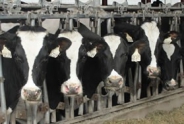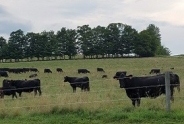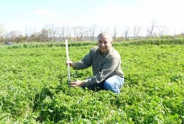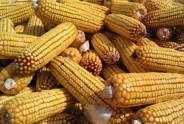Field Crop Update, August 6, 2021
Erik Smith, Area Field Crop Specialist/Team Leader
Central New York Dairy and Field Crops
1. Field Observations
We've had some beautiful weather lately, and those who didn't manage to cut hay last week were all out this week. Most of us are right around the 'normal' accumulation of growing degree days (GDD) for this time of year, but we're below normal (near record low) for GDD since corn silking in mid-July. At this rate, most corn acreage may not be ready for silage harvest until perhaps September, but the long-range forecast suggests higher-than-normal temps toward the end of this month. So we still need to be on our toes so maturity doesn't get beyond us when we thought we had more time. Our team will be putting out some pre-harvest corn silage materials via email and snail-mail over the coming weeks, so be on the lookout for that.
So far the corn foliage is still looking clean, and I've yet to see any concerning soybean pathogens or insect pest issues. Lots of acreage suffered from the wet field conditions earlier in the summer, but it's becoming harder to see the residual effect of those issues as canopies fill out. I've heard reports of damaging levels of white mold in soybean crops in western NY, so the culmination of that disease cycle is just around the corner for our region.
Spring grain harvest is here as well, so instead of leaving the field fallow, here are some options for what to plant next: Cropping Options After Small Grain Harvest, and here: Cover Crops for Field Crops Systems. Aside from weed suppression, cover crops can either give you another harvestable forage crop or at the very least, improve soil organic matter and capture nutrients that can be used by next year's crop.
And speaking of weeds, it's that time of year again: If you prefer to call them 'bachelor buttons', then you aren't growing hay. Because in a hayfield or pasture they're known as knapweed, and they're rearing their ugly seed-heads again. There are biocontrol options for knapweeds, but only for certain species - and not all knapweeds are 'spotted knapweed'. We have several species in our area, but only spotted knapweed, Centaurea maculosa, has relatively readily-obtainable biocontrol options.
So if you think you have spotted knapweed in particular, let me know and we can get a positive ID and see if there are biocontrol options available. Otherwise, options are limited.
Timely mowing and pasture clipping are essential to prevent perennial weeds like knapweed, summer asters, and goldenrod from establishing. Clip non-rotational pastures and paddocks several times per year, and clip your rotational pastures after animals leave that paddock. Hayfields should be cut at least twice, and optimally 3+ times per year to prevent these things from gaining traction in the first place. And of course, make sure your fields are properly fertilized to ensure your forage species have the upper hand from the start.
According to Mike Hunter of the North Country Ag Team, the following mixes are our best (but not perfect) options:
Spotted Knapweed control in NY grass hayfields:
Tank mix option #1:
0.625 oz/A Cimarron Plus
8 oz/A Banvel
16 oz/A 2,4-D Ester
Tank mix option #2:
0.5 oz/A Cimarron
8 oz/A Banvel
16 oz/A 2,4-D Ester
The bad news is, this is not the best time to control knapweed. If it's currently flowering, mow it before it sets seed. You can even bale it and dump it in the hedgerow to avoid allowing the seeds to stay in the field. The best time to apply herbicides to knapweed is in spring or fall, when these species are in the rosette stage.
Click to see the latest Oneida County Scouting Report,Northwest NY Crop Alert, Capital Area Ag Report, and New York State IPM Weekly Field Crops Pest Report.
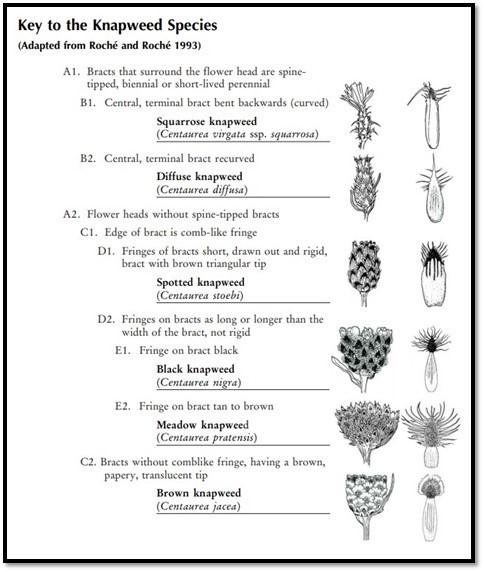
2. Growing Degree Days (GDD) for planting date and silking date as of July 28th (Climate Smart Farming Growing Degree Day Calculator)
GDD are calculated by taking the average daily temperature and subtracting the base temperature for development of a given organism ((High + Low)/2 - base temp = GDD). For corn silage, we are using base 50/86, as corn development starts at 50F and ceases above 86F. Your actual silk date will likely fall sometime within this range of dates no matter where you are and what variety you're expecting to chop. Corn needs 750-800 GDD after silking to reach a whole plant DM of 32%. Under typical late season dry down conditions we can expect the crop to reach 35% DM four to seven days later:
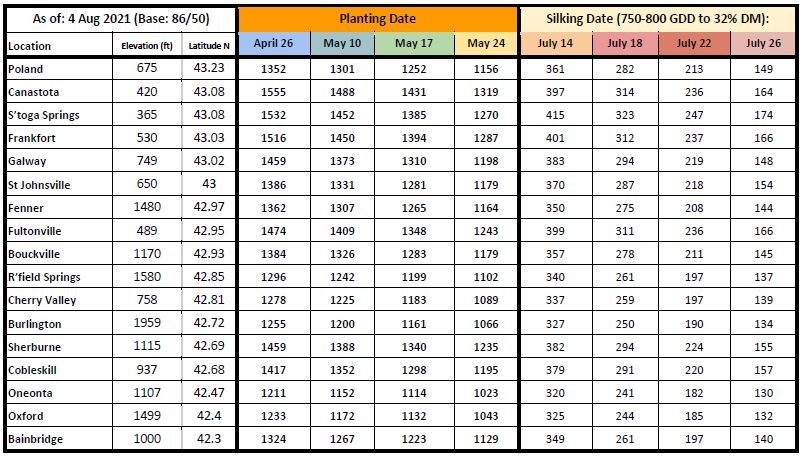
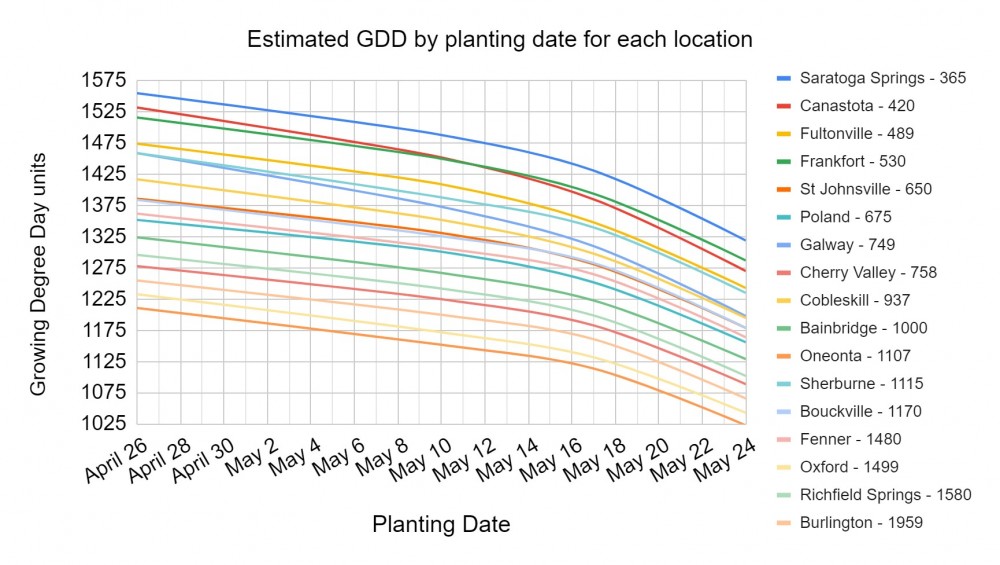
Not everyone planted their corn on one of the planting dates or in one of the locations I have listed, so this chart shows the estimated GDD for each location on each potential planting date in between (based on the actual GDD on those four dates). The locations are ordered top-to-bottom from lowest elevation to highest (the number after the location name is the elevation in feet above sea level). So if your farm is near one of the locations on this list but there's a location here that more closely matches your elevation, try that instead. You can find GDDs for your own specific location and planting date using the Climate Smart Farming CSF Growing Degree Day Calculator, but for those who might have more difficulty using that tool, maybe this chart can help.
3. Pest Monitoring
Potato leafhopper counts have been quite low, and most folks are cutting hay, so there's low risk for this pest at the moment.
Video: Potato Leafhopper Scouting and IPM Thresholds in Alfalfa
This was our biggest week for western bean cutworm (WBC), but while some fields showed increases, others decreased. Numbers from elsewhere in the state suggest that adult populations are currently peaking for this pest, so the fact that most corn crops have tasseled means that we may have avoided potentially damaging infestations (they are most attracted to pre-tassel corn). Sure enough, I scoured each of these fields for egg masses and have yet to find any. Though if you have a later planting and your corn is still pre-tassel, you may be at higher risk.
WBC typically lay eggs in the whorl of pre-tassel corn, so by the time you see the eggs, they're on the top side of leaves in the upper-third of the plant (see pics). Purdue states that the economic threshold for this pest has been reached when 8% of plants have egg masses, and 5% of plants with egg masses and/or young larvae feeding.
Bt corn with Cry1F is said to be resistant to WBC, but not earlier Bt events. A study published a year ago suggests that WBC populations in NY may have evolved resistance to even Cry1F, though the distribution of resistant populations throughout the state is not clear. Rotation is unfortunately ineffective (moths will just fly to the nearest cornfield) unless tillage is employed, which disrupts pupating individuals in the soil. For the time being, it seems that corn planted early enough to tassel before adult flights take place may avoid infestation, while later-planted corn is at higher.
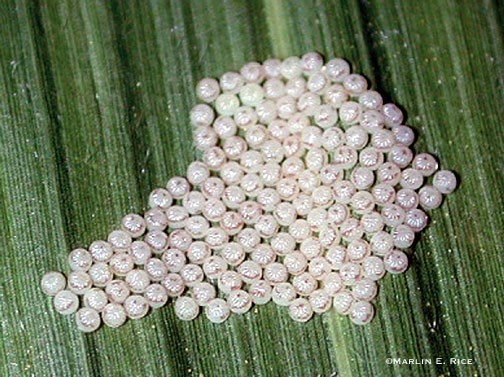
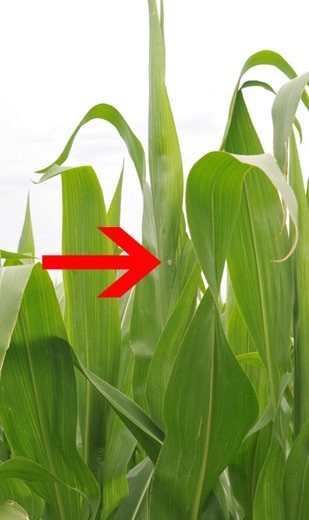

Field Crop Update, August 6, 2021 (pdf; 199KB)
Upcoming Events
Labor Roadshow IX
December 1, 2025
December 9 - December 10, 2025December 17 - December 18, 2025December 22, 2025
In-person and online events to keep NY's agricultural employers informed and prepared for today's labor challenges.
Inspired by Annie's: How to Be a Strong Woman Farm Manager
December 10, 2025
December 17, 2025
Free webinars geared towards women who own or operate a farm in NYS.
2026 Dairy Day
January 13, 2026 : Dairy Day - Hamilton
Hamilton, NY
Lunch included
January 14, 2026 : Dairy Day - Ballston Spa
Ballston Spa, NY
Lunch included
Announcements
Statewide Field Crop Pathology Needs Assessment Survey
Your input is wanted for identifying priorities!Sign Up for Our Weekly E-Newsletter
We send out a bi-weekly e-newsletter that has announcements, upcoming programs, and opportunities for you! Registration is quick, easy, and free. Click here to sign up today!Farmers Can Join MeatSuite For Free!
MeatSuite.com is a free resource provided by Cornell University where NY meat farmers can create a farm profile and list their bulk (wholes, halves, quarters) and bundled (i.e. Grilling Bundle) meat products.Why should farmers join?
1. It's free and easy!
2. Connect with more local customers. In the past year the MeatSuite.com farm directory had 8,300 visits from New York consumers. Farm profiles get as many as 25 views per month from potential local customers. We also spotlight MeatSuite farms on social media and bring attention and purchases to farms through highlights and giveaways.
How do I join?
Farmers can visit https://www.meatsuite.com/farmers/ to create a free farm profile. You must list at least one product for your farm's profile to go live. You'll also have access to Cornell's free Meat Price Calculator, a helpful tool for pricing your meat to make a profit.
While you're on MeatSuite, check out the "Creating Consumer-Friendly Bulk Meats" publication on the log-in page. It has tips on how to create bulk meat products that are easier for first-time buyers to say "yes" to.
If you have any questions as you create your farm profile or products, we're here to help! Please email Matt LeRoux at mnl28@cornell.edu.

